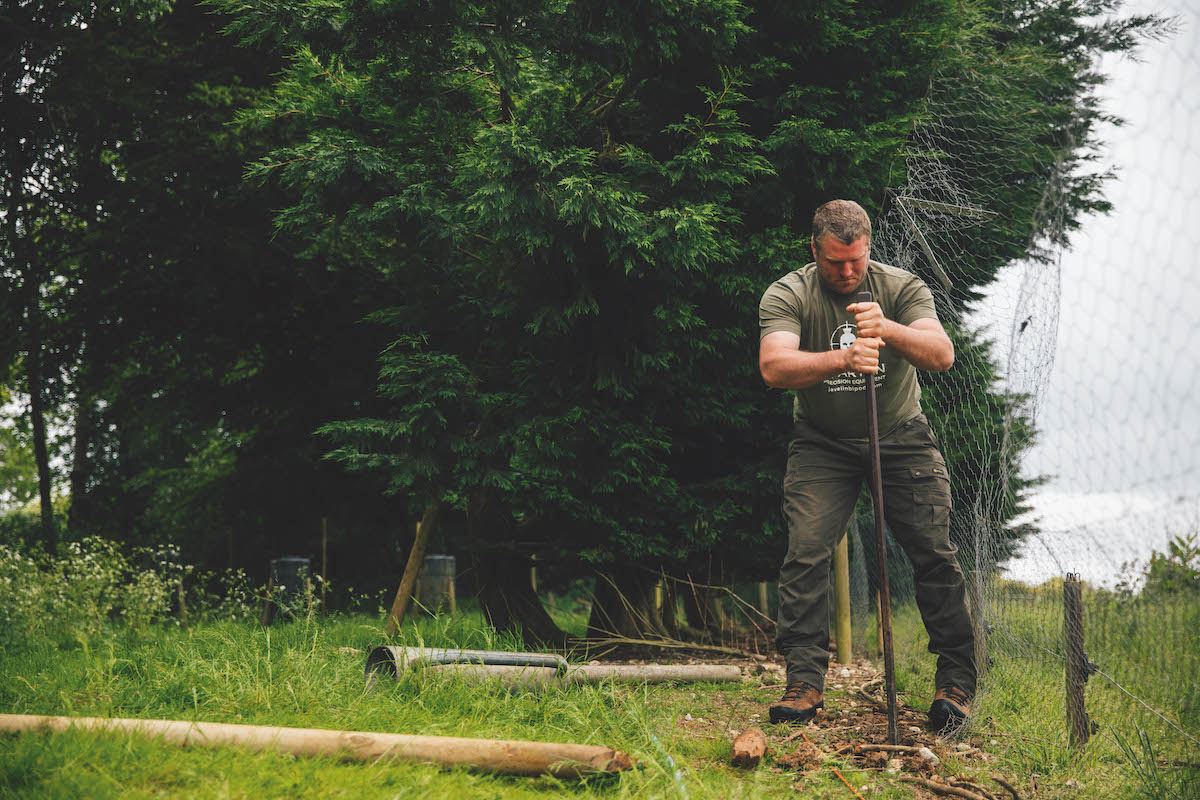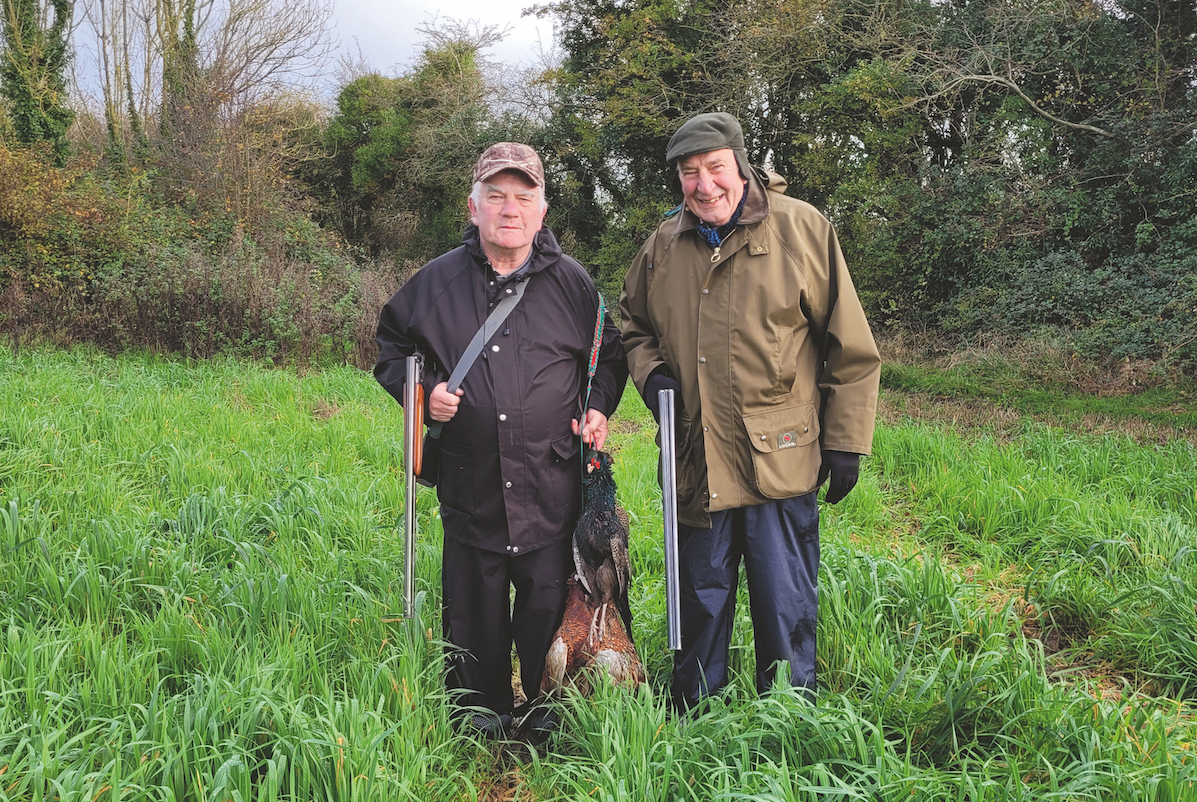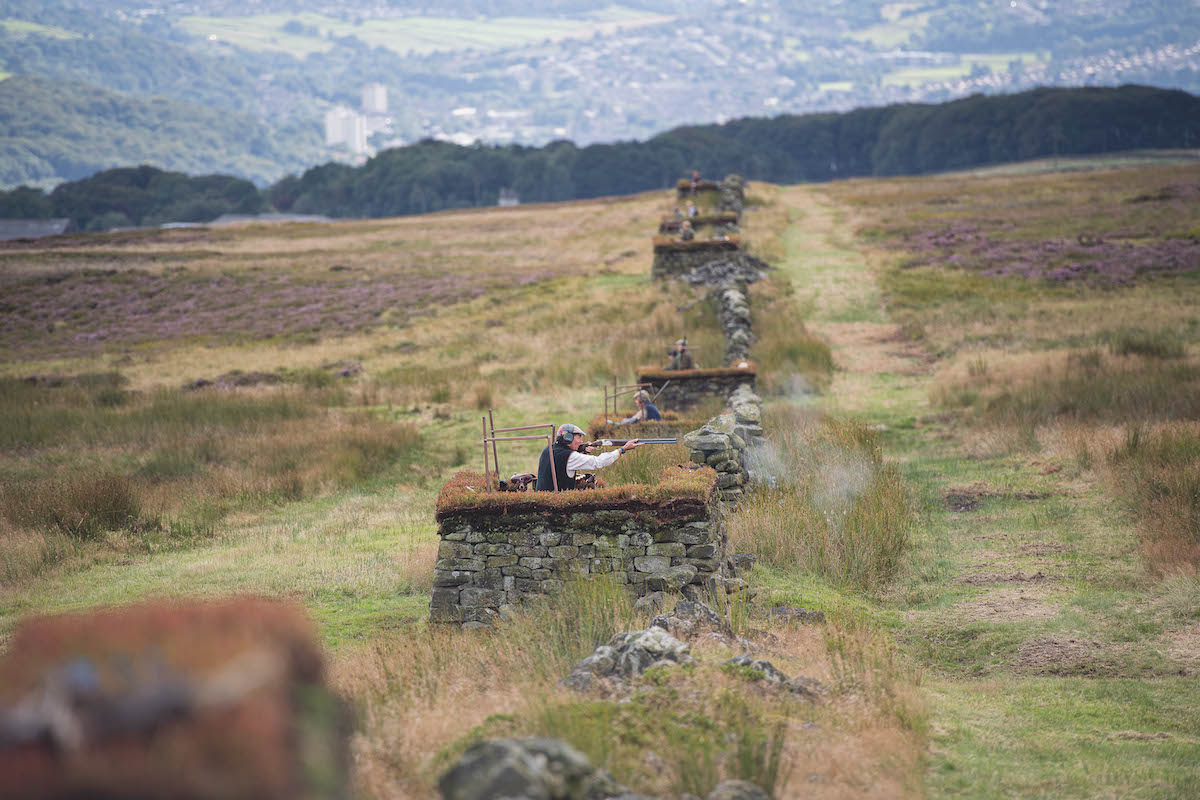Pheasant pen repairs: poults or not, repairs are worth doing
The bird flu outbreaks in France might have put the season in doubt but there’s no excuse not to make small pheasant pen repairs, says Liam Bell

Most of us will have had a quick look round our release pen by now. Rotten posts and rusty wire will have been noted and earmarked for work parties. Electric fences will have been checked for breaks and shorting, and gates, pop-holes and run-ins given the once over just in case. (Read these tips on building the perfect pheasant pen. )
Pheasant pen repairs
Making a pen secure, and ensuring it is structurally sound, is fairly straightforward. Nevertheless, I always think it is a good idea to ask a friend to take a look at it when it is done, to see if they can pick up on anything you might have missed. Some friends of mine did exactly that when they leased a patch of ground just up the road from here and asked me if I could nip across and have a look when I had time.
There were two pens already there — one of which was beyond repair. The other wasn’t as bad but it did need a few pheasant pen repairs. The wire around the good pen was barely 6ft tall and the single strand of electric fence running around the outside was almost touching the floor. Quite how the previous syndicate had managed to keep their birds in and the foxes out, I don’t know — perhaps they didn’t. (Read more on how to keep predators out of your pheasant pen.)

Replacing the wire for the electric fence and setting it at 8in or 9in high should stop a fox or inquisitive badger
The lads’ first job, once they had cleared around the outside of the pen and replaced a couple of stretches of weak and rusty wire, was to repair the electric fence. They replaced the old electric fence wire with new and used 2in by 1in tanalised roofing batten for the electric fence posts, lifting it up to 8in to 9in in height — just right to catch a prowling fox or inquisitive badger on the nose.
The height of the wire netting bothered both them and me, so I suggested they add an extension to the top of the existing fence, as they didn’t really have either the funds or the time to replace the one already there. They extended the posts with 3ft lengths of the tanalised batten they had used for the fence posts, then tacked some plastic game net to it.
The game net was the better option because it is lighter than galvanised netting, so less likely to weigh the fence down and break the batten. A temporary fix for these pheasant pen repairs but as they were planning to extend the pen next year anyway, and because the rest of the fence was OK, it worked.
There were only two pop-holes on the outside of the pen and they didn’t have fox grids on them. Fox grids are relatively cheap, easy to fit and stop a lot of foxes getting in. A small late cub can squeeze into almost anywhere, but even then the grids will slow them down. They may get zapped on the electric fence as they hesitate to work out how to squeeze through the bars.

Putting pop-holes 30m to 35m apart is about right, but you can put them closer together on the sides the birds favour
The lads fitted the grids, the wire funnels were renewed and pegged down, and they added four new run-ins. The pop-holes were about 30m to 35m apart when they had fitted them, which was fine as it was a small pen.
The ones on our pens are spaced out at about the same distance, though we do have them closer together on the sides of the pen the birds favour to fly over first thing in the mornings. This is usually either the side of the pen that catches the sun, or the side nearest the outside of the wood. The fields outside the wood are more attractive to poults in late summer than the wood itself.
 Early roosting
Early roosting
The old feed rides were still there, but needed trimming back to let the light in so the birds had somewhere to dry off if it rained. The trimmed-off shrubs and branches were added to the cover inside the pen, providing some early roosting. (Read more on how to keep your poults happy.)
Decent feed rides also make the filling and moving of feeders and drinkers easier, as well as providing somewhere for the keeper to sit and look at the birds without unduly disturbing them. Placing the feeders and drinkers along the edges of the rides — and as near to cover as possible — will make the poults feel more secure if they are being harassed by raptors and will, of course, reduce the number of kills.
The cover along the edge of the rides, which will flush and regrow when the light gets in, will also give the birds some shelter when they are feeding if the weather takes a turn for the worse.
It is a sad sign of the times, but I also suggested the lads bought a couple of trailcams and decent locks and chains for the gates into the wood and the pen. They might not need them, but the wood is walked daily by members of the public and, because the lads don’t live on site, it will be difficult for them to police it — to keep an eye out for roaming dogs, people who are up to no good and unauthorised vehicles using the tracks. (Read more on trailcams here.)
I know the supply issues caused by the avian influenza outbreaks have left a lot of shoots in limbo, and that some of you don’t know if you will be shooting this coming season. But I would still carry out pheasant pen repairs and do what you can to improve them.
Small repairs this year will save a lot of time and money next. And if you do happen to hear of a game farm wanting to shift a batch of late poults at short notice, it would be a shame to miss out on them because your pen wasn’t ready.








